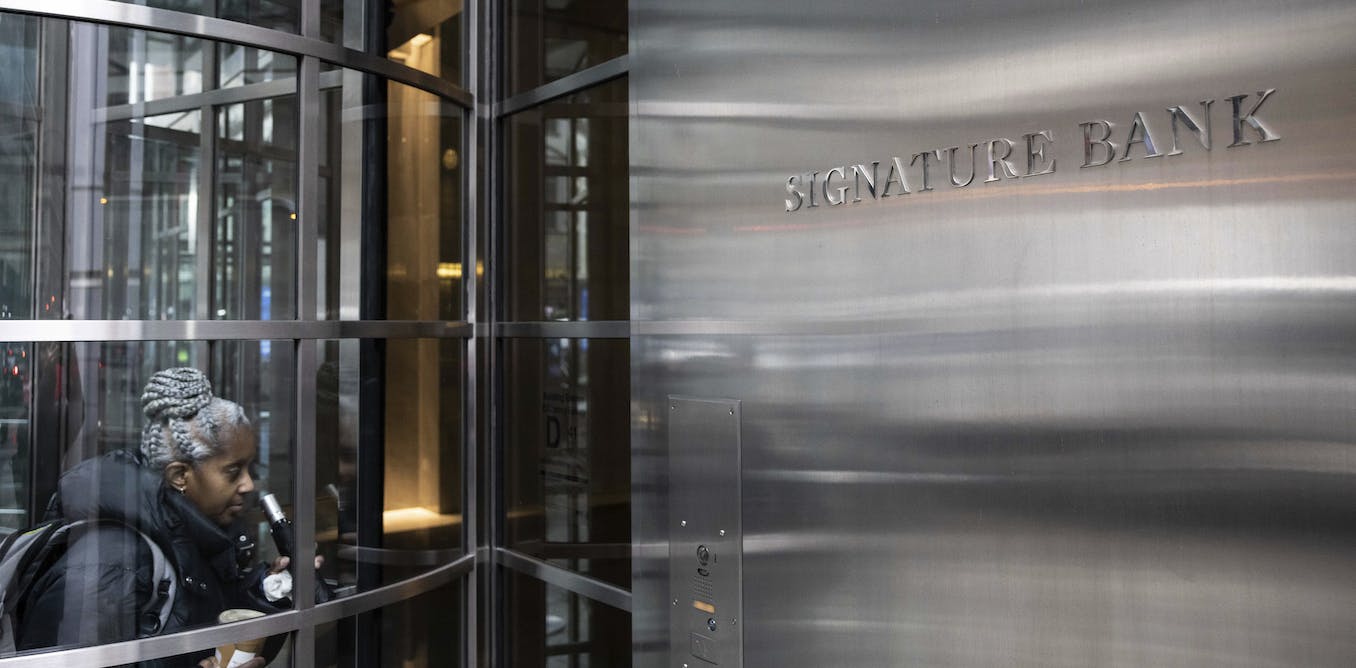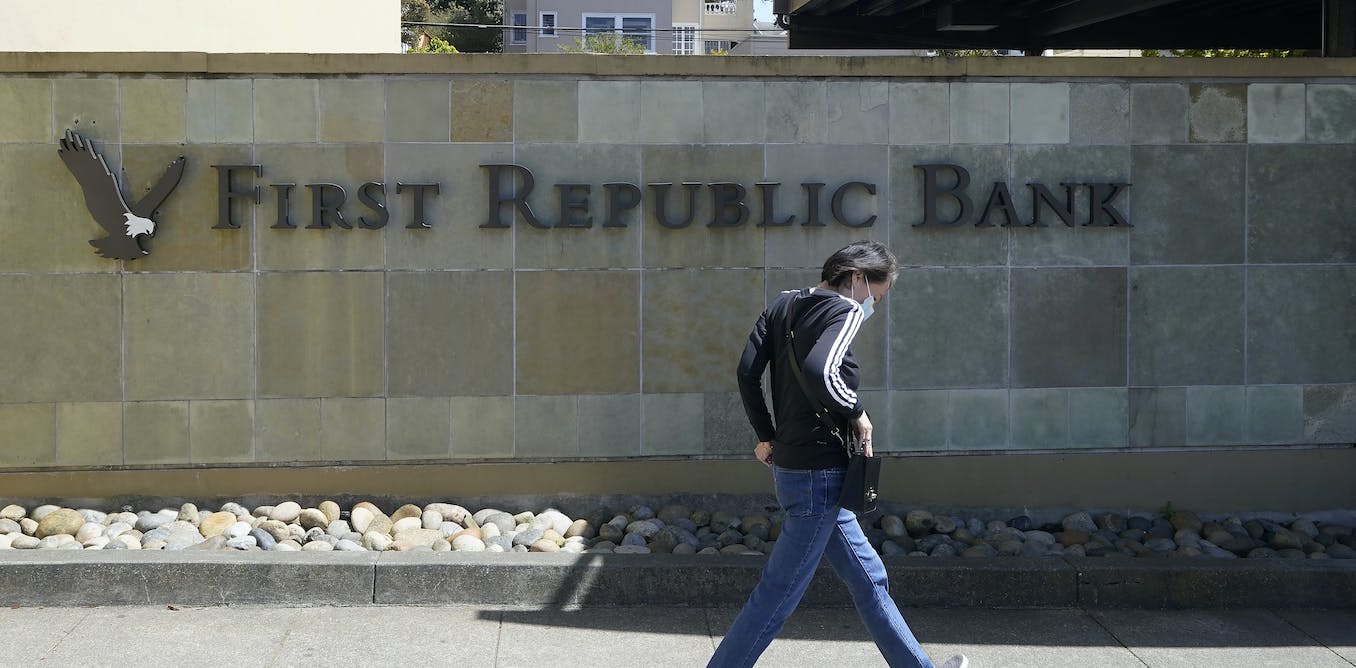Increased immigration, longer life expectancy and a decline in birth rates are transforming the U.S. workforce in two important ways. The people powering this nation’s economy include far more people of color and workers over 55 than was the case four decades ago.
And this diversity will keep growing in the years ahead, economists predict.
The share of U.S. workers who are nonwhite, Latino or both nearly doubled to about 40% in 2019 from roughly 23% in 1979, according to the Bureau of Labor Statistics. With more older people staying economically active, over 37 million U.S. workers are 55 and up today. They account for nearly 1 in 4 of the 160 million Americans engaged in paid work. In 1979, fewer than 1 in 7 U.S. workers were in that age group.
The government’s Bureau of Labor Statistics predicts that the ranks of older workers will keep rising in the years ahead – including people who are well into their golden years. The number of Americans 75 and older remaining in the labor force will nearly double between 2020 and 2030, while the number of all workers rises by only 5.5%, according to the bureau.
The share of white workers will have declined to 74.7% by 2031, from 77% in 2021, the bureau predicts.
The agency is also tracking the prevalence of workers of Hispanic origin who can identify as white, Black or mixed race. It says that the share of such workers will rise during that decade to 21.5% from 18.3% of the workforce – up sharply from 12.1% in 2001.
How are U.S. employers responding to these changes?
I’m a sociologist who studies how racial and gender inequality persist in professional occupations. One likely consequence I expect to see is employers finding themselves forced to do a better job of attracting and retaining underrepresented and older workers through diversity, equity and inclusion efforts.
Diversity initiatives already widespread
It’s already very common for employers to take diversity, equity and inclusion measures. A 2019 survey of 234 companies found that nearly 2 in 3 employed diversity managers.
Their responsibilities can range widely. Some examples include creating a culture that values and welcomes workers from diverse backgrounds and increasing the numbers of employees from backgrounds that are underrepresented in a particular field.
In finance this might mean bringing in more female, Black and Latino analysts. In nursing this could mean attracting more men of all races into a profession that’s still dominated by white women.
In these fields and others, changing the culture can mean collecting data about which workers are underrepresented, trying to fill any gaps detected, or revising dress and grooming codes that ban hairstyles more commonly worn by Black workers.
2 common yet ill-advised strategies
Unfortunately, many companies are using diversity strategies that aren’t proved to work.
These can include mandatory diversity training, often in the form of professional webinars or workshops with interactive exercises.
Diversity training is supposed to make people better at working and interacting with colleagues and customers with cultural backgrounds that differ from their own. But it often fails to do that.
One complication is that employees resent the feeling of being controlled.
Another is that they may see this mandatory training as a waste of their time. And there’s evidence suggesting that it can even be counterproductive by reinforcing rather than debunking stereotypes and alienating Black workers .
The other strategy that’s more common than it should be is the use of skills tests that job applicants must pass as a condition for hiring. In tech, for instance, a skills test could mean that applicants are asked to solve a particular problem so that hiring managers can objectively assess their skills as well as their ability to work cohesively with a team.
The problem with skills tests is that hiring managers often weigh the outcome of these tests differently for Black and white workers due to a range of biases, some of which they may not be aware.
Recent research also indicates that neither of these popular approaches is leading companies to make their workforces more racially diverse through their hiring practices.
I believe that employers use these strategies anyway because they are easy, widespread and popular. Companies may proceed with what they’ve used in the past rather than trying something new.
Fortunately, new research is pointing to more successful strategies.
What seems to work better
Employers can respond to today’s and tomorrow’s demographic realities by changing how they handle hiring. They can start by recruiting more workers from historically Black colleges and universities and Hispanic-serving institutions.
A promising strategy that aids in the retention of workers of color is the development of mentoring programs that are open to all, rather than by invitation only. That way, implicit biases don’t exclude workers of color.
Companies can also implement what’s known as “upskilling.”
Workers in upskilling programs try out a variety of different roles in the organization. This strategy helps develop underrepresented workers’ skill sets and connects them to managers who might otherwise overlook them.
Aging workers and those coming of age
The aging of the workforce is especially marked in some sectors of the economy. While the median age of a U.S. worker was 42.2 in 2022, it was 55.6 for bus drivers and 49.9 for librarians.
The prevalence of older workers in these jobs means that some employers will need to heed what these workers need to retain the staff they require.
Those changes could include implementing phased retirement options – that is, letting employees gradually transition out of full-time work with the freedom to work part time for several years before exiting the labor force altogether.
It’s also a good idea to strengthen measures that protect these workers from age-based discrimination – which is a common occurrence despite its being illegal.
Older workers often find themselves mocked, harassed and bullied. They also get passed up for raises, promotions and other opportunities.
But employers shouldn’t adjust their expectations to accommodate only the needs of older workers. A growing share of employees under 40 are also making demands of their own.
These workers, particularly those in their 20s and 30s, are being more open with their bosses about their preferences for work-life balance than their colleagues who are 50 and up.
Many workers in their 20s or 30s are rejecting a model of work that requires them to be on call and available at all hours, demands inflexible scheduling and places ever-encroaching demands on employees. They want jobs that allow them to engage more fully with their families and in leisure activities.
Employers may have no alternatives
Ultimately, more workforce diversity in terms of age, race and ethnicity may force employers to change at least some of their ways.
With the aging of workers born after 1990, employers may have to try harder to accommodate their preferences – particularly as they stand to replace those older workers who retire or shift into part-time employment.
Whether it’s by design or necessity, I believe employers will hire staffs that are more racially and ethnically diverse. In addition, I foresee that they may have no choice but to let their workers have more flexibility and freedom.




